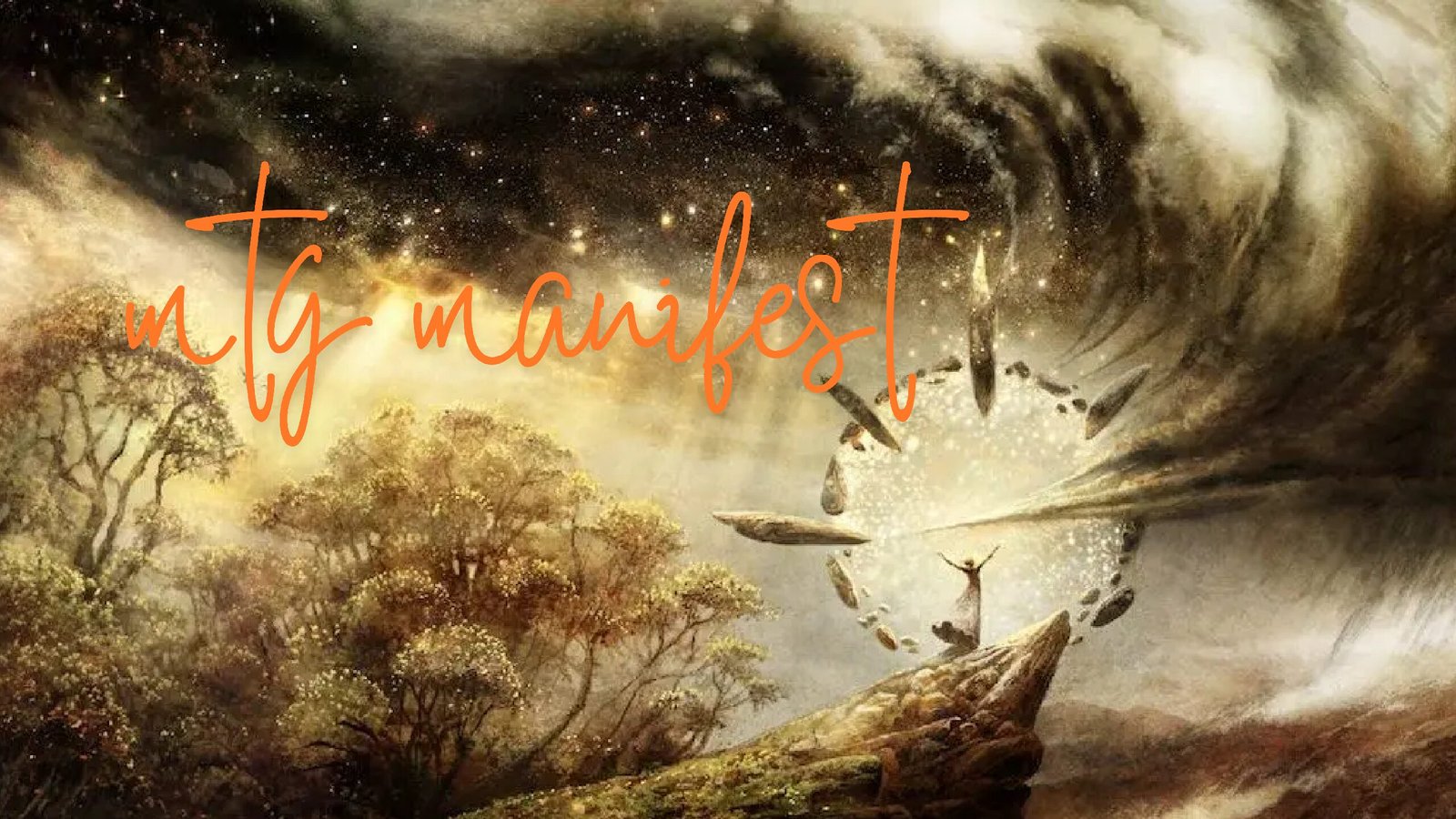Magic: The Gathering (MTG) has long been a cornerstone of the trading card game (TCG) world, captivating millions with its rich lore, intricate mechanics, and endless strategic possibilities. Among its numerous elements, the concept of a manifest stands out for its unique impact on gameplay. This article delves into the details of the manifest mechanic, exploring its rules, strategic implications, and its place in the broader MTG landscape.
What is Manifest?
Manifest is a keyword action introduced in the Fate Reforged set of MTG. It allows players to turn the top card of their library face down onto the battlefield as a 2/2 creature. While face down, this creature is colorless and has no name, abilities, or types other than creature. If the manifested card is a creature card, players can turn it face up by paying its mana cost.
How Manifest Works
When a card instructs you to manifest, you follow these steps:
- Reveal the Top Card: Look at the top card of your library.
- Place Face Down: Put that card face down onto the battlefield as a 2/2 colorless creature.
- Manage the Face-Down Creature: While face down, this creature is treated like a Morph creature but without the ability to turn face up for a Morph cost.
Strategic Implications
Manifest introduces a layer of unpredictability and versatility. Here are some strategic considerations:
Versatility and Deception
Manifested cards can be any type, but they all start as 2/2 creatures. This can lead opponents to underestimate the threat posed by a manifested card, potentially making it a crucial part of your strategy. For instance, if the face-down card is a powerful creature, it can be a game-changer once turned face up.
Synergy with Morph
Manifest and Morph share similarities, as both involve playing cards face down. This synergy can be exploited in decks that utilize Morph heavily, providing additional ways to put face-down creatures onto the battlefield and keep opponents guessing.
Potential for Powerful Plays
Certain cards and abilities interact specifically with face-down creatures, offering opportunities for powerful plays. Cards like Mastery of the Unseen or Whisperwood Elemental can repeatedly manifest cards, creating a steady stream of creatures and leveraging the hidden information to your advantage.
Building a Manifest Deck
When building a deck that utilizes the manifest mechanic, consider the following tips:
Include Creature Cards
Since only creature cards can be turned face up, your deck should have a substantial number of creatures to maximize the effectiveness of manifest. This ensures that a significant portion of your manifested cards will have the potential to be more than just 2/2 creatures.
Support Cards
Include cards that support or enhance manifested creatures. Cards like Secret Plans or Trail of Mystery can provide additional benefits and card draw when you manifest or turn creatures face up.
Balance and Flexibility
A manifest deck should maintain a balance between manifesting creatures and other strategies. Ensure your deck has enough flexibility to handle various game scenarios, whether it’s through control elements, ramp, or other synergistic cards.
Notable Manifest Cards
Several cards have been key to the manifest strategy in MTG:
- Mastery of the Unseen: Provides a continuous source of manifesting creatures and life gain.
- Whisperwood Elemental: Manifests cards at the end of each turn, providing a steady stream of creatures.
- Lightform and Cloudform: These cards enchant manifested creatures and give them additional abilities like flying or lifelink.
Conclusion
The manifest mechanic offers a unique and strategic dimension to MTG gameplay. By transforming the top card of your library into a face-down creature, manifest adds layers of complexity, deception, and potential power plays. Whether you’re a seasoned player or a newcomer, exploring the possibilities of manifest can lead to exciting and unpredictable games. Happy manifesting!

